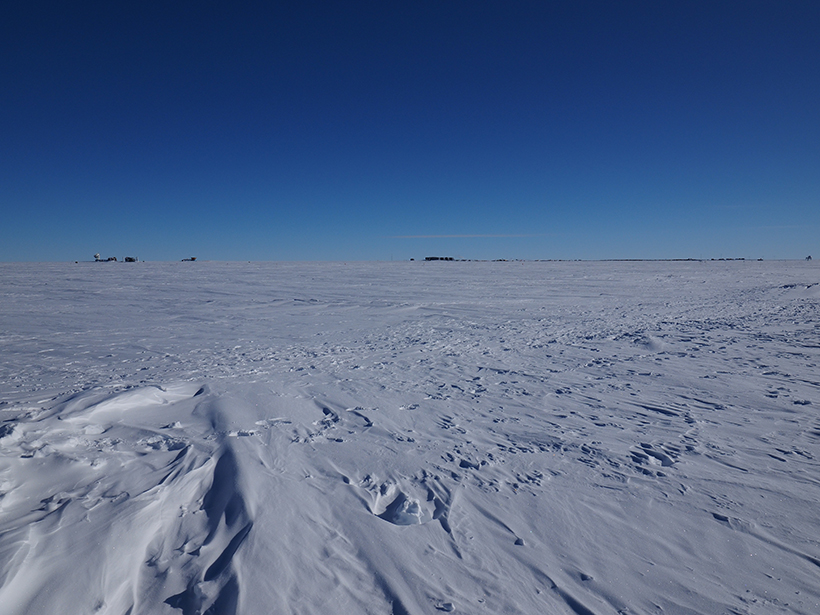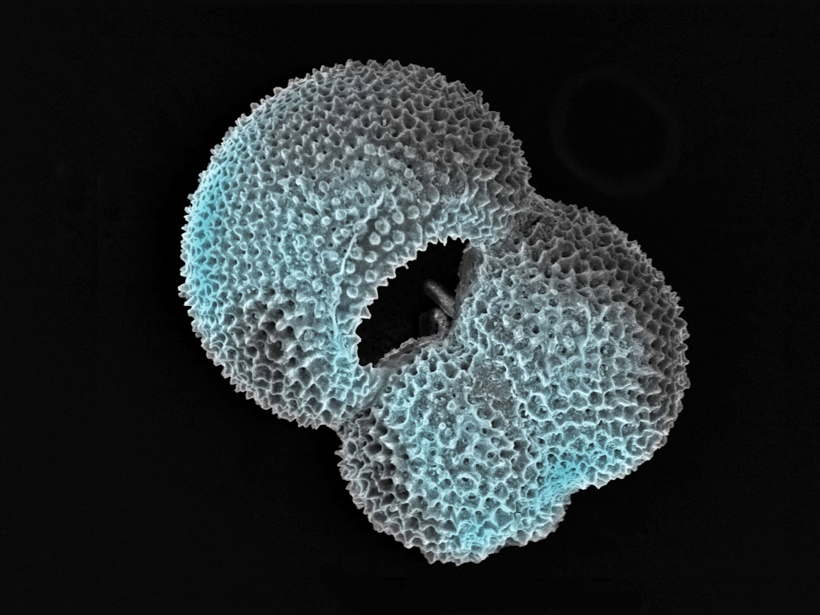Second Annual Workshop of the Last Millennium Reanalysis Project; Friday Harbor, Washington, 25–26 October 2016
isotopes
Ellen R. M. Druffel Receives 2016 Roger Revelle Medal
Ellen R. M. Druffel was awarded the 2016 Roger Revelle Medal at the American Geophysical Union Fall Meeting Honors Ceremony, held on 14 December 2016 in San Francisco, Calif. The medal is for "outstanding contributions in atmospheric sciences, atmosphere-ocean coupling, atmosphere-land coupling, biogeochemical cycles, climate or related aspects of the Earth system."
Alex Halliday Receives 2016 Harry H. Hess Medal
Alex Halliday was awarded the 2016 Harry H. Hess Medal at the American Geophysical Union Fall Meeting Honors Ceremony, held on 14 December 2016 in San Francisco, Calif. The medal is for "outstanding achievements in research on the constitution and evolution of the Earth and other planets."
Isotopes Track Carbon Cycle in Northern Wisconsin Wilderness
Researchers collected carbon from 3 years' worth of air samples and traced it back to its source.
Deep-Sea Microbes Can Leave Records of the Past
Researchers use carbon signatures within sea sediments to identify microbial activity and also to date earthquakes.
Correlating Monsoon Strength with Boron Isotopes
Scientists tell the story of the past monsoon by measuring boron isotopes in organisms in the Arabian Sea.



